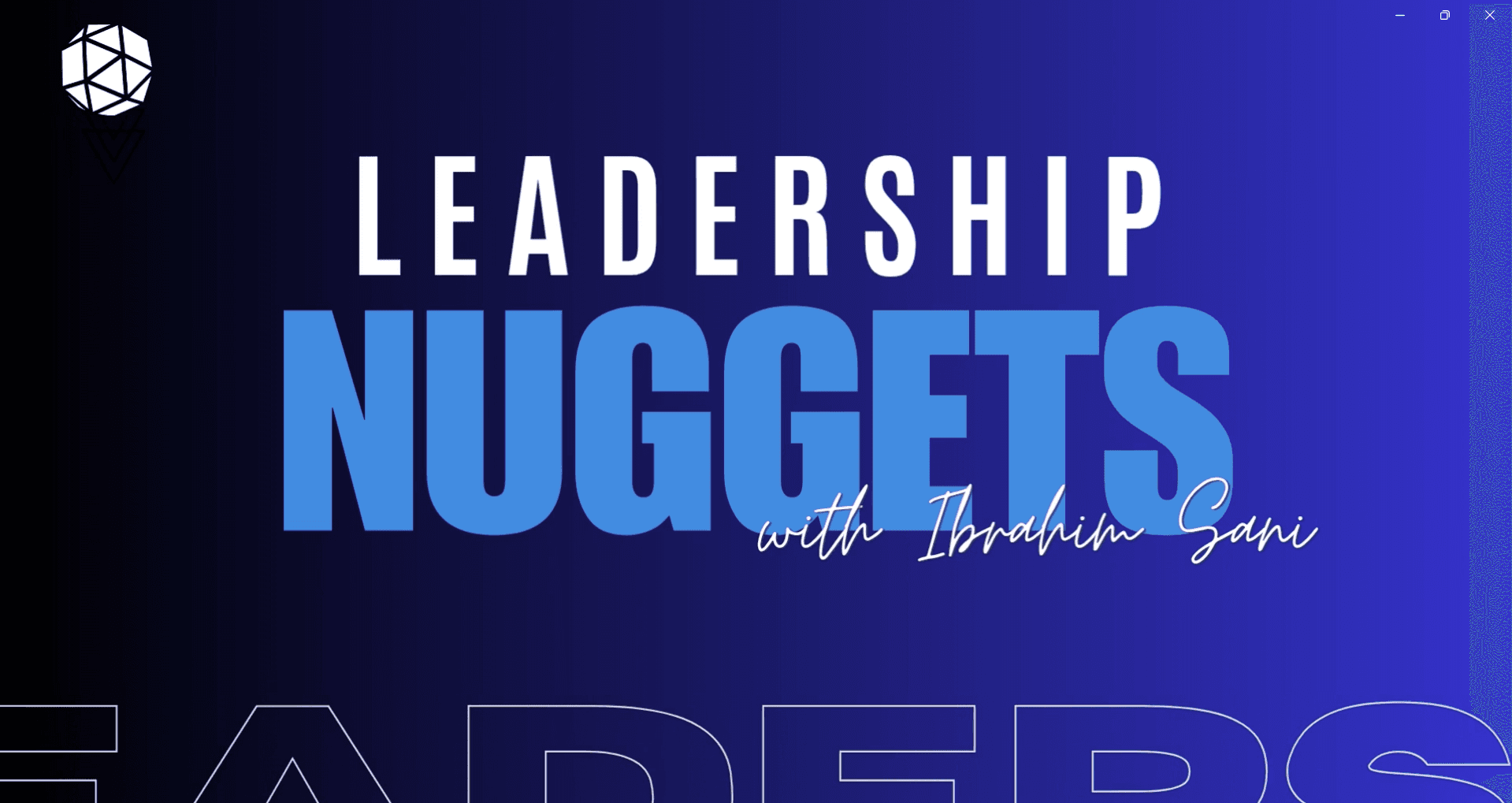The Need To Engage: Five Pain Points

Mention “engagement” and the next associated word is “survey” – at least within the corporate context. Yet, it is one of those management buzzwords which appear to be the panacea for all things bad and ugly in the workforce.
Furthermore, “engagement” has an air of respectability when mentioned, and only when we realise how common the pain of disengagement is can we start to appreciate the need to proactively plan for engagement excellence.
The right way to plan for engagement is to first identify the pain points for disengagement. Let’s face it, unless the pain is strong enough, the plan will not be sustainable. The pain determines the gain.
1. High turnover
The No. 1 responsibility of organisation leaders is performance. While it is imperative that every employee pulls his or her own weight to cross the finish line of high performance, we need to ask this all-important “sustainability” question – “Are they in good shape once they cross the finish line?
In fact, are they ready for the next race once this is over?
Often, once a disengaged employee crosses the finish line, they are spent, stressed and sucked dry. The issue is not with the degree of performance, but rather with the sustainability of the performance. That which is not sustainable translates into inevitable turnover issues.
2. High blame culture
Culture produces results. While productivity issues can be attributed to technical problems, a significant portion of the drag on performance is linked to a disengaged work culture.
In fact, Gallup estimates that for the United States, active disengagement costs US$450bil to US$550bil per year (State of the Global Workforce Report 2013).
An engaged work culture has employees who take personal ownership and accountability to fix problems instead of finger-pointing.
It is interesting that as an organisation grows, the tendency to play the blame game increases.
This is because employees become territorial in the mindset and in the pursuit of safeguarding “silo goals”, thus losing sight of the wider key results for the organisation.
More processes and policies will not resolve the blame culture. In actuality, it might even heighten it!
What is required is a workforce which is actively engaged to take ownership and who will ask, “What else can I do?” rather than “Who can I blame?”
3. Poor morale
It used to be that what it takes to be a manager is the ability to issue clear commands. In today’s context, when employees show up for work, they are also looking for clear connections.
Put simply, the managers of today need to know how to capture the hearts and minds of employees – especially the younger generation.
The “command and control” approach works for a generation that focuses on survival priorities – the need to put bread and butter on the table.
However, for today’s generation, “bread and butter” matters are a given and they now have higher actualisation goals that determine the state of their motivation at work.
Employees of today desire to know that their opinions count, that their contributions are appreciated, and that their personal development is taken into consideration.
In this context, leaders need the foresight to view engagement as a human capital investment strategy, rather than just a ranking in survey results.
4. Poor alignment
In general, employees want to do a good job. However, managers do not take the time and effort to communicate expectations clearly.
Much of the communication of expectations which happen is nothing more than just playing the numbers game:
“These are your numbers – you better achieve them or else…”
The clearest indicator of misalignment – according to Gallup’s Q12® engagement criteria – is that employees are not provided the right resources and materials to do a good job.
In other words, you are sowing the seeds of a disengaged culture if you regularly tell your employees what to achieve, yet do not support your instructions with the resources that is needed.
To put it bluntly, it doesn’t take a lot of leadership competency to play the numbers game. But, it does require an engaged leader to pay attention to equipping his or her team members with the arsenal needed to fulfil the given expectations.
5. Poor coaching skills
According to Gallup, a great manager has four vital roles:
- Identify and nurture talent
- Set clear expectations
- Motivate and engage employees
- Develop employees
The sad reality today is this: Much of what are the vital responsibilities of the manager has been outsourced and relegated to the human resources department!
If an organisation is serious about sustainable performance, then the leadership cannot run away from the need of developing good managers into great managers by honing their coaching skills.
Employees are tired of being told what to do. In fact, most of them already know what they should do.Rather, they are looking for someone who can identify their potential and develop their talents into productive application.
From a survey of more than 10 million employees, Gallup concludes that employees who have the opportunity to do what they do best every day are six times more productive at work. This cannot happen without instilling a culture of engaged coaching amongst the managers.
So, there you have it, the five basic pain points of disengagement. The next time you consider an employee engagement survey, start by looking deep into the culture of the organisation first.
A survey done without cultural consideration will only lead to deeper scepticism – and that will destroy the aim of achieving sustainable high performance.
Joseph Tan is the CEO of Leaderonomics Center of Engagement Excellence and is passionate about ensuring all Malaysian employees are fully engaged in their work and with their organisation. If you would like to enhance the engagement levels at your organisation, email people@leaderonomics.com for more details.
Leadership
This article is published by the editors of Leaderonomics.com with the consent of the guest author.





